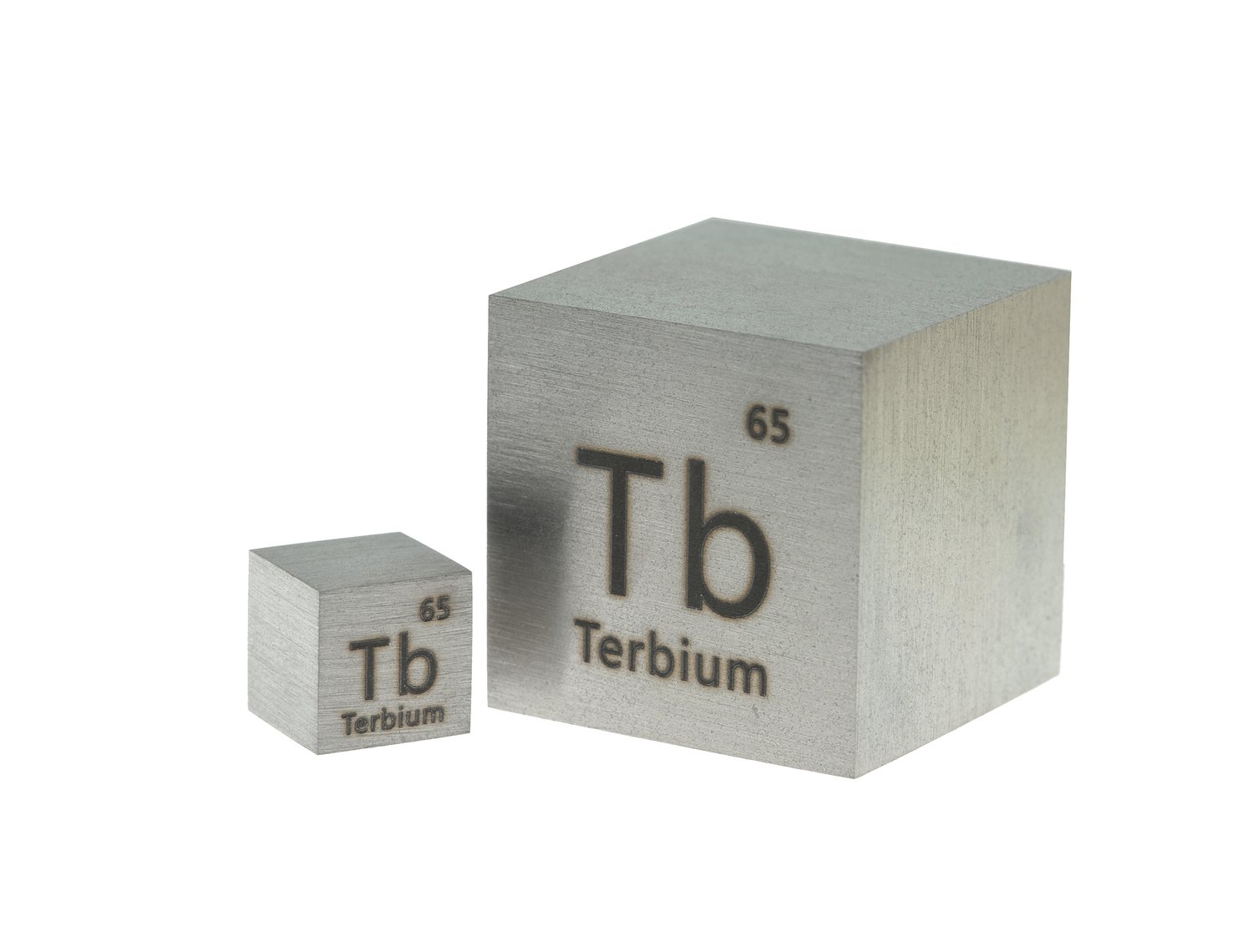
Terbium might not be a household name, but this rare earth element plays a crucial role in modern technology. Found in the lanthanide series of the periodic table, terbium is used in everything from color TV screens to energy-efficient lighting. Did you know that terbium can even be found in your smartphone? Its unique properties make it invaluable in producing bright, stable colors on screens. But that's not all—terbium also has applications in medical imaging and even in the development of eco-friendly technologies. Ready to learn more? Here are 34 fascinating facts about this versatile element.
What is Terbium?
Terbium, a rare earth element, belongs to the lanthanide series on the periodic table. This silvery-white metal is not as well-known as gold or silver but has some fascinating properties and uses.
- Terbium's symbol on the periodic table is Tb.
- It has an atomic number of 65.
- The element was named after the Swedish village of Ytterby, where it was first discovered.
- Terbium was discovered by Swedish chemist Carl Gustaf Mosander in 1843.
- It is part of the lanthanide series, which includes 15 metallic elements.
Physical Properties of Terbium
Terbium's physical characteristics make it unique among the elements. Its appearance and behavior under different conditions are noteworthy.
- Terbium is a silvery-white metal.
- It is malleable and ductile, meaning it can be easily shaped and stretched.
- The metal is relatively soft, allowing it to be cut with a knife.
- Terbium has a melting point of 1,356 degrees Celsius (2,473 degrees Fahrenheit).
- Its boiling point is 3,123 degrees Celsius (5,653 degrees Fahrenheit).
Chemical Properties of Terbium
Terbium's chemical behavior is equally intriguing. It reacts with various substances in unique ways, making it valuable in different applications.
- Terbium is relatively stable in air.
- It reacts slowly with cold water but more rapidly with hot water.
- The metal forms a protective oxide layer when exposed to air.
- Terbium can exist in multiple oxidation states, with +3 being the most common.
- It forms compounds with fluorine, chlorine, and bromine.
Uses of Terbium
Despite being rare, terbium has several important applications in modern technology and industry.
- Terbium is used in fluorescent lamps and color TV tubes.
- It is a key component in solid-state devices.
- Terbium is used in green phosphors for color displays.
- It enhances the performance of magnetostrictive materials, which change shape under a magnetic field.
- Terbium is used in fuel cells to improve efficiency.
Terbium in Alloys and Magnets
Terbium's ability to improve the properties of other materials makes it valuable in creating specialized alloys and magnets.
- Terbium is added to neodymium magnets to increase their resistance to high temperatures.
- It is used in terfenol-D, an alloy that expands and contracts in magnetic fields.
- Terbium alloys are used in aerospace applications for their durability and strength.
- It is also used in high-performance motors and generators.
Terbium in Medicine and Research
Terbium's unique properties have also found applications in the medical field and scientific research.
- Terbium isotopes are used in nuclear medicine for diagnostic imaging.
- It is used in biological research as a fluorescent marker.
- Terbium compounds are studied for their potential in cancer treatment.
- It is used in MRI contrast agents to improve image clarity.
Environmental and Economic Aspects of Terbium
The extraction and use of terbium have significant environmental and economic implications.
- Terbium is primarily mined from bastnäsite and monazite ores.
- The extraction process can be environmentally damaging due to the chemicals used.
- Terbium is considered a critical material due to its importance in technology and limited supply.
- The price of terbium can be volatile, reflecting its rarity and demand.
- Recycling of terbium from electronic waste is becoming increasingly important.
Fun Facts About Terbium
To wrap things up, here are some fun and lesser-known facts about terbium.
- Terbium's name is derived from the same village as three other elements: yttrium, erbium, and ytterbium.
Terbium's Unique Role in Our World
Terbium might not be a household name, but its impact is undeniable. This rare earth element plays a crucial role in modern technology. From enhancing the brightness of our smartphone screens to improving the efficiency of green energy solutions, terbium is everywhere. Its magnetic properties make it essential in data storage, while its luminescent qualities are key in medical imaging.
Understanding terbium's applications helps us appreciate the intricate science behind everyday devices. Next time you use a gadget, remember the tiny contributions of elements like terbium. It’s a reminder of how interconnected science and technology are in our daily lives.
So, whether you're a tech enthusiast or just curious, knowing about terbium adds a fascinating layer to your understanding of the world. Keep exploring, and who knows what other hidden gems you'll uncover!
Was this page helpful?
Our commitment to delivering trustworthy and engaging content is at the heart of what we do. Each fact on our site is contributed by real users like you, bringing a wealth of diverse insights and information. To ensure the highest standards of accuracy and reliability, our dedicated editors meticulously review each submission. This process guarantees that the facts we share are not only fascinating but also credible. Trust in our commitment to quality and authenticity as you explore and learn with us.
